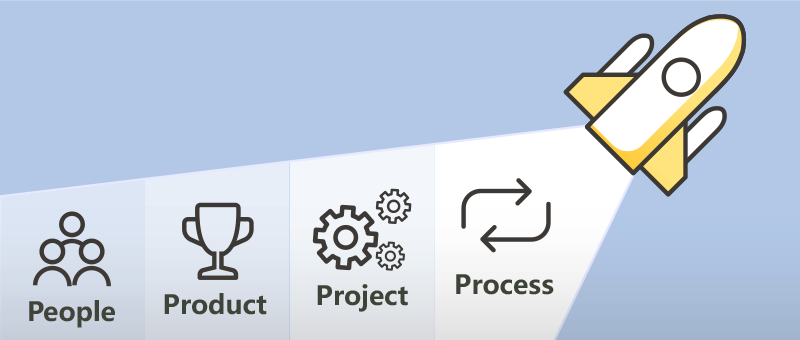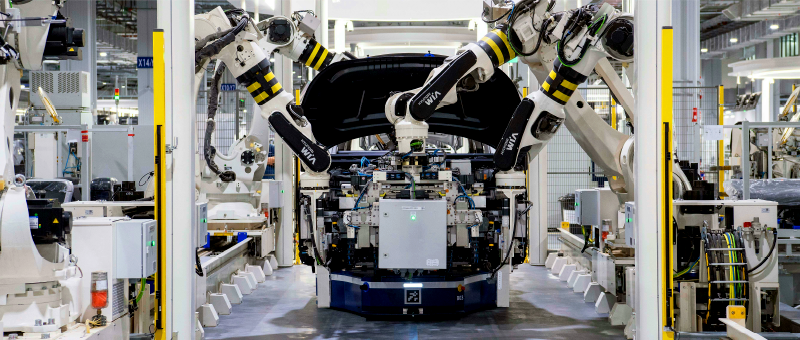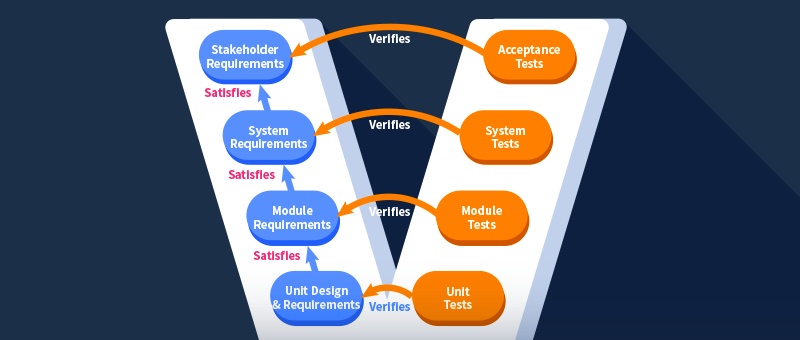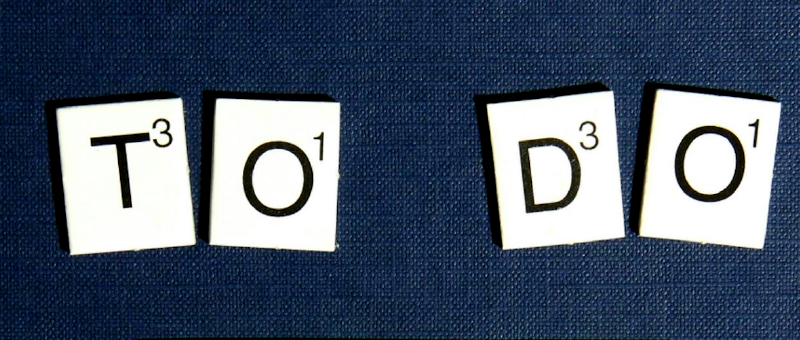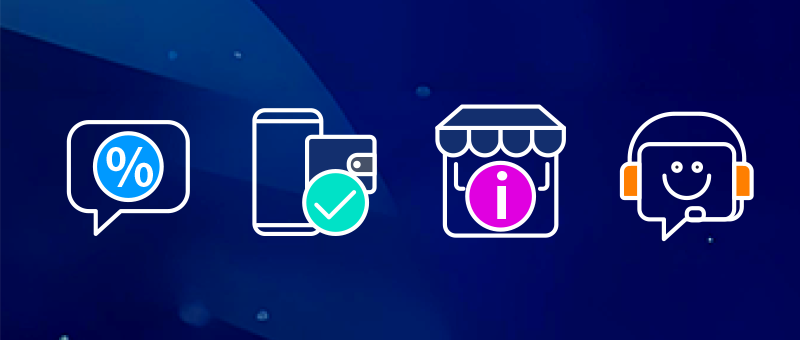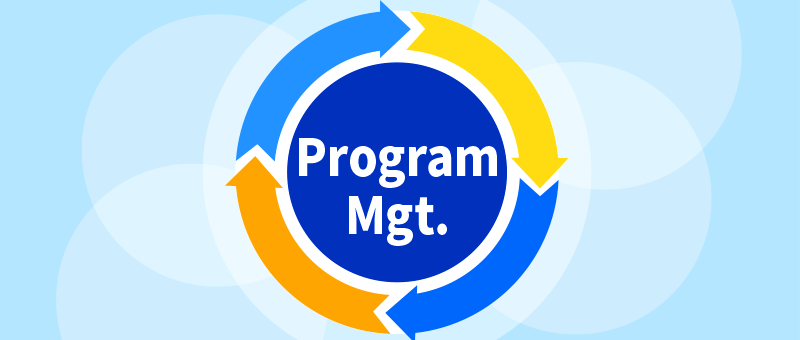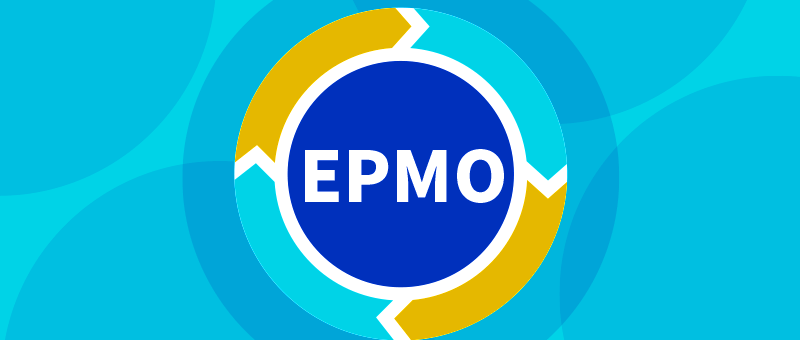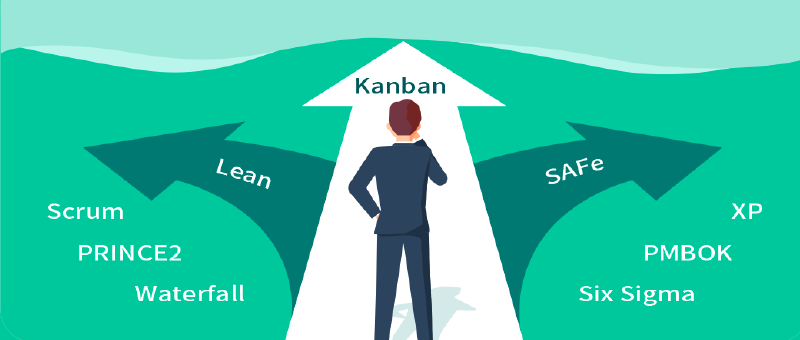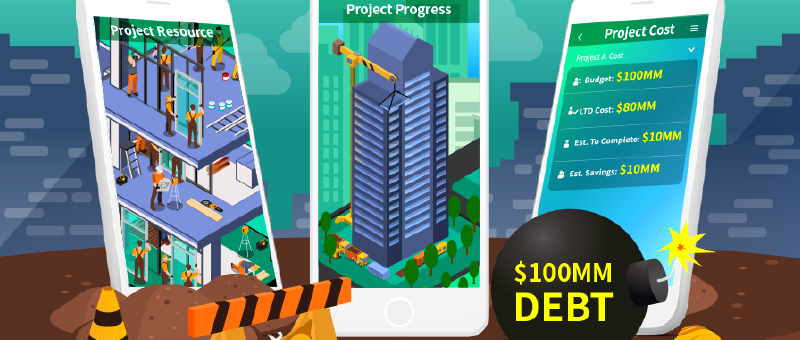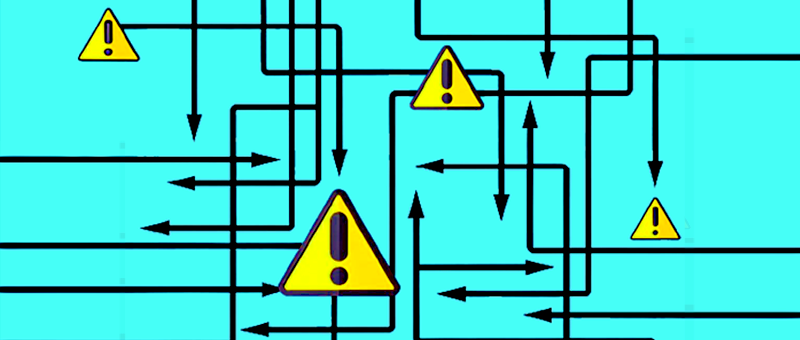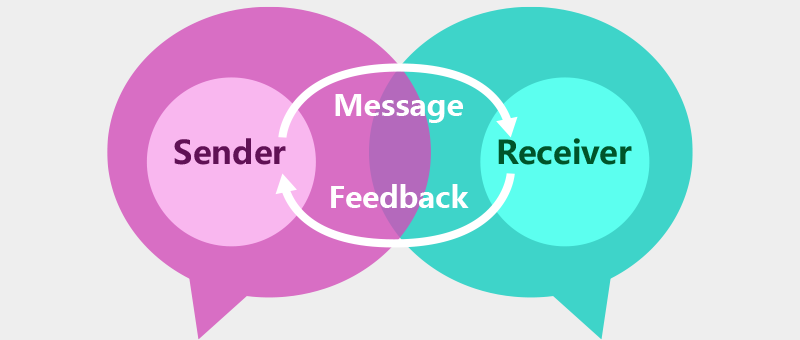



-
4th Generation Can Improve Your Competitiveness
At Minimum Cost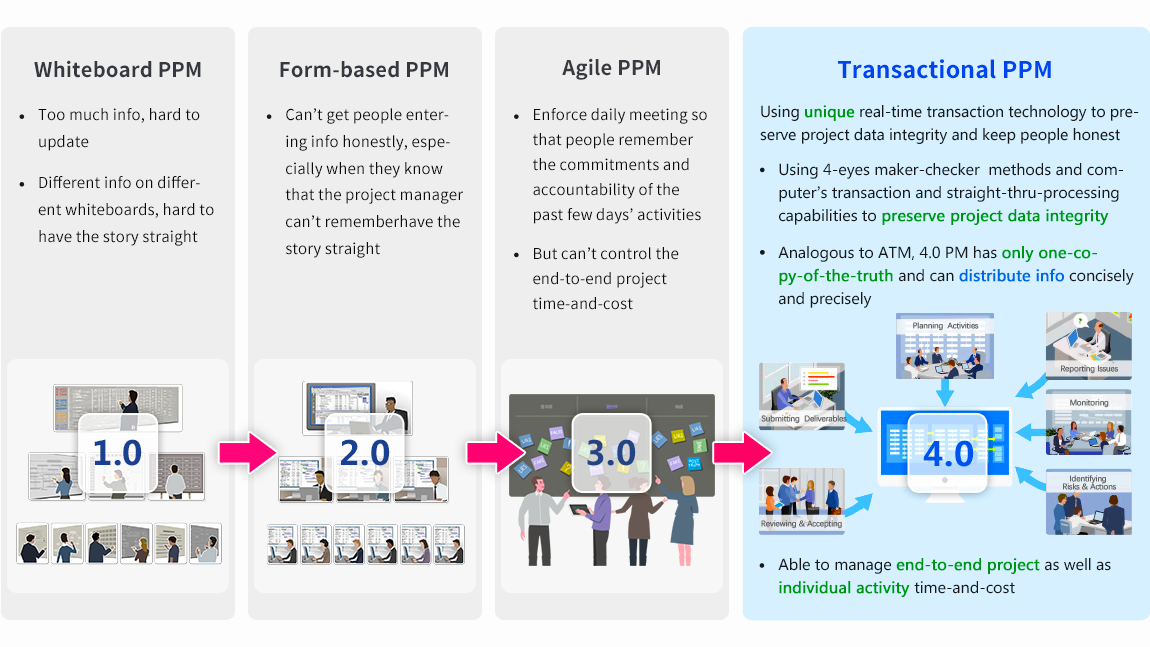
The first and second generation PPM systems work for small size projects but don’t work for medium or large size projects. For example, they work for a two-person two-week project but won’t work for a fifty-people fifty-week project. Why? In the two-person two-week project example, a distortion is unlikely to happen since both people involved in the project can easily remember what happened last two weeks. Even if they didn’t remember and a distortion started, it wouldn’t be hard for them to reveal. The fifty-people fifty-week project example is a different story. A project of such a size would have simultaneous existence of multiple distortions at any time that are difficult to detect and reveal. The opaque environment in turn nurtures more people to misrepresent the facts with defensive lies and lies of omission, which in turn makes the environment even more opaque. Like a rolling snowball, the project environment is getting lies on top of lies until the project is close to its final finish date. All of a sudden, the project changes from 90% complete to 50% complete (see The Myth of 90% Complete). The third generation PPM systems are more methodologies than tools. They break down a medium or large size project into a number of short-time-periods (sprints) so that a distortion is less likely to happen because people involved in a sprint can remember what happened easier in the past couple of weeks. But different from the activities in an independent small size project, the activities in a sprint have interrelationships with the activities in other sprints. The third generation PPM systems only advantage on a certain type of projects such as those for the development of a competitive product and its requirements are market-driven and changing dynamically. But they have serious drawbacks with other types of projects.
- In the project progress reporting, the percentage of completion of the project reported by the project executor often differs vastly from the actual situation. For example, when the project executor reports that the project is 90% complete, when in fact it may only be 80%, 70%, 60%, or even lower, there is no way to verify it. This indicates that the project has project data integrity issues, and the reported project data does not reflect the real situation. Project data integrity issues reflect and affect the integrity and professional ethics of employees, and at the same time reflect and affect managers ability to manage employees sense of responsibility and project execution, ultimately resulting in huge waste and losses for enterprises or institutions. The fourth generation PPM systems can successfully maintain the integrity of project data using online transaction processing (OLTP) technology and applying 4 eyes principle and prisoner dilemma. Whether or not the fourth generation PPM systems are used is the key to whether the project executors can exert their best management ability with complete and real-time project data to avoid extortions and to realize their team’s greatest potential.
How the Fourth Generation PPM Systems Solve The Project Extortion Problem
-
Benefits of Using the Fourth Generation PPM
The fourth generation PPM systems offer the following benefits:
- Ease-of-use and anti-extortion for small, medium and large projects
- Support of Agile, Scrum, PMBOK and other methodologies
- Work-in-progress financial management and execution control
- Multi-project management and project & portfolio management
- Extend PPM to Project-ERP for sales, project and supply chain management


